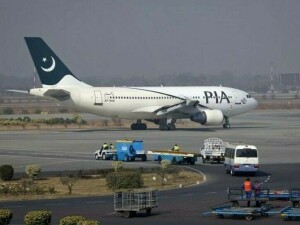Where the domestic energy mix is increasingly tilting towards Liquefied Natural Gas(LNG), the demand for the fuel globally is also growing by leaps and bounds. According to Shell Energy Outlook 2019, the global energy demand is set to increase by 18 percent by 2035, and gas is expected to meet around 40 percent of this additional demand.
LNG continues to be the fastest growing gas supply source globally with more than half of LNG import growth in Asia. Strong demand in Asia is driving rapid growth in LNG where China, India, South Korea and Pakistan led LNG demand growth in 2018 as per the latest LNG Outlook. Going forward, Shell sees near term supply growth being absorbed by Europe and Asia with increased need for investment in supply and infrastructure to meet the rising demand.
Interestingly, gas demand globally is not solely being driven by the power sector today. Apart from growing population, and rising demand for energy, LNG’s bright future prospects come from the need to mitigate climate change and improve air quality because unlike other fossil fuels, gas is a clean source of energy. It emits between 45-55 percent less greenhouse gas emissions than coal in power generation.
For obvious reasons, China and India remain the key gas importers in Asia. However, in 2018, China became the world’s largest gas importer, with LNG imports doubling over the last two years as the country moves hastily to improve its air quality and reduce carbon emissions. In 2018, total world LNG trade increased by 27 million tons, and China accounted for 16 million tons or 59 percent of that. This coal-to-gas switching in China has helped the country not only reduce carbon emissions but also achieve 78 percent improvement in Beijing’s air quality in the last five years.
Given the deteriorating air quality of many urban cities in Pakistan, maybe it’s time that similar environmental focus of LNG in encouraging a cleaner energy mix is made part of government policies being implemented in the country. Globally, Shell is one of the largest gas producers and LNG suppliers. Locally too, Shell Pakistan is part of the consortium that is planning to the third LNG terminal with 600mmcfd expected to come online by mid-2020.




















Comments
Comments are closed.